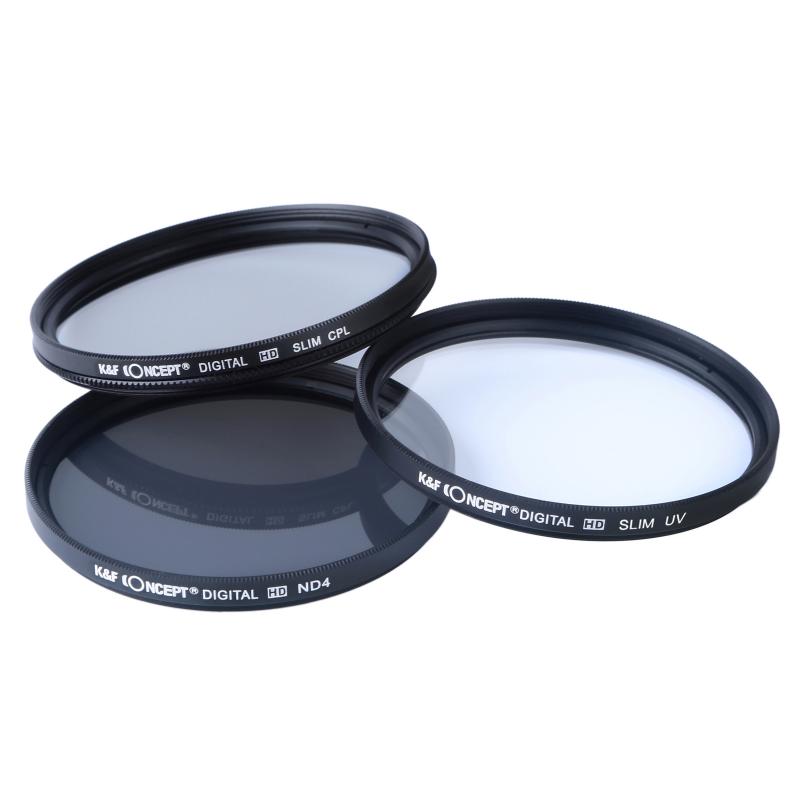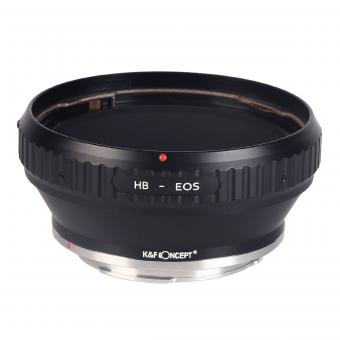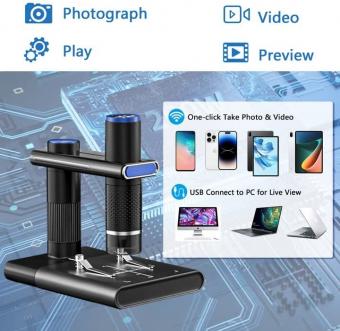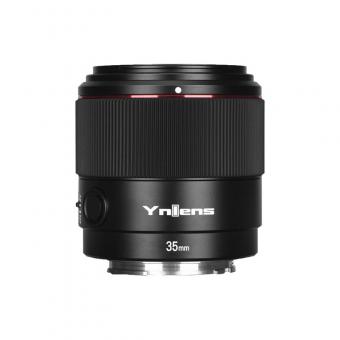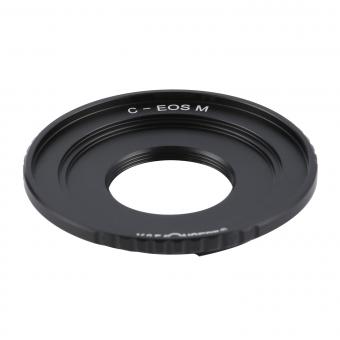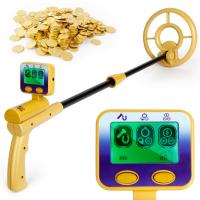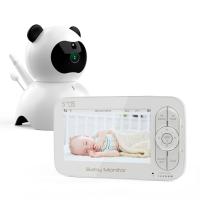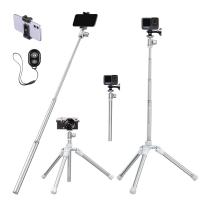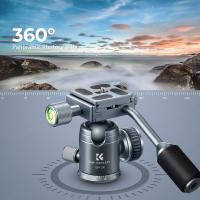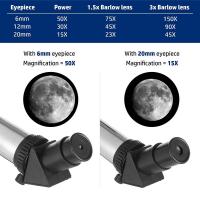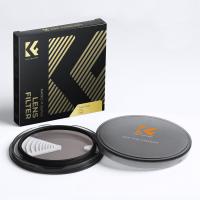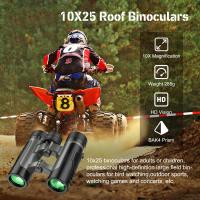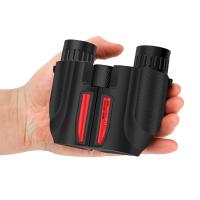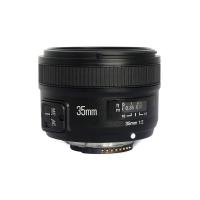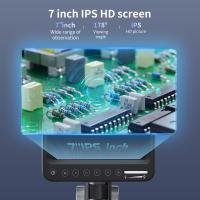What Lens Mount Is Canon M50 Mark Ii ?
The Canon M50 Mark II features the Canon EF-M lens mount, which is a proprietary mount designed specifically for Canon's mirrorless cameras. This mount allows for a compact and lightweight design, while still providing high-quality image and video performance. The EF-M mount is compatible with a range of Canon lenses, including both zoom and prime lenses, and offers a variety of focal lengths and apertures to suit different shooting situations. Additionally, the M50 Mark II is also compatible with Canon's EF and EF-S lenses via an optional adapter, which expands the range of available lenses even further.
1、 Canon EF-M mount
The Canon M50 Mark II is a mirrorless camera that was released in late 2020. It is an upgrade to the original M50 model and comes with several new features, including improved autofocus, vertical video support, and live streaming capabilities. One of the most important aspects of any camera is its lens mount, as this determines which lenses can be used with the camera.
The Canon M50 Mark II uses the Canon EF-M mount, which is a proprietary lens mount designed specifically for Canon's mirrorless cameras. This mount was first introduced in 2012 with the launch of the Canon EOS M, and has since been used in a number of Canon's mirrorless models, including the M50 Mark II.
The EF-M mount is designed to be compact and lightweight, which makes it ideal for use with mirrorless cameras. It also allows for a shorter flange distance, which means that lenses can be designed to be smaller and lighter than their DSLR counterparts. This makes the EF-M mount a great choice for photographers who want a compact and portable camera system.
Overall, the Canon M50 Mark II is a great camera for photographers who want a compact and portable mirrorless camera with a versatile lens mount. The EF-M mount offers a wide range of lenses to choose from, including standard zooms, telephoto zooms, and prime lenses, so photographers can find the perfect lens for their needs.
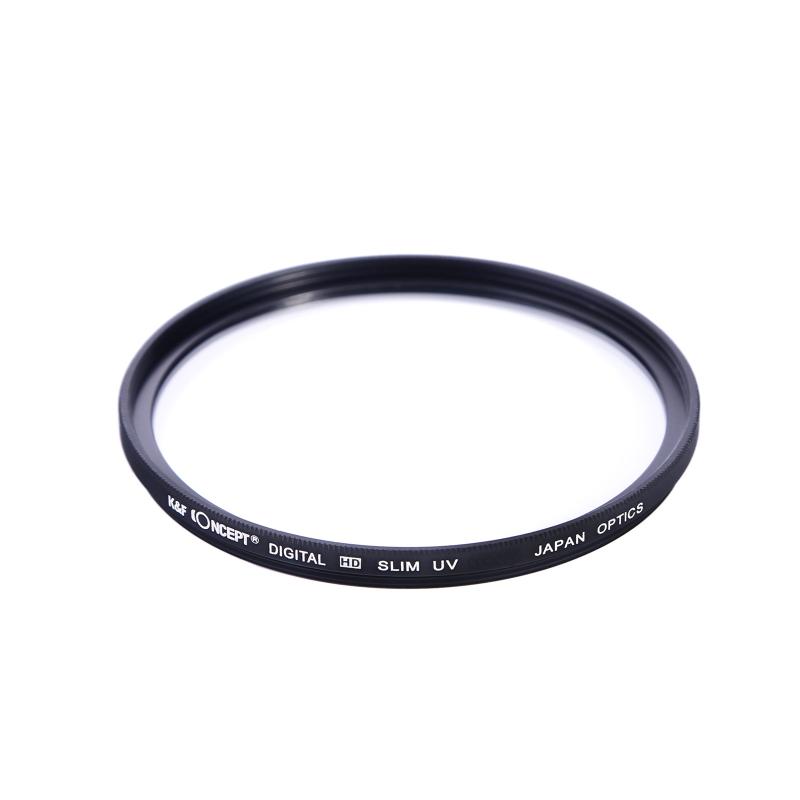
2、 Mirrorless camera mount
The Canon M50 Mark II is a mirrorless camera that was released in late 2020. It is a successor to the original Canon M50 and comes with several improvements, including better autofocus, improved video capabilities, and a new YouTube live streaming feature. The camera is designed for vloggers and content creators who need a compact and versatile camera that can deliver high-quality images and videos.
The Canon M50 Mark II uses the Canon EF-M lens mount, which is a proprietary mount designed specifically for Canon's mirrorless cameras. This mount is compatible with a range of EF-M lenses, including standard zoom, telephoto zoom, and wide-angle lenses. Additionally, the camera can also be used with Canon's EF and EF-S lenses using an adapter.
The EF-M mount was introduced by Canon in 2012 and has since been used in several of their mirrorless cameras. It is a relatively new mount compared to other mirrorless camera mounts, such as Sony's E-mount and Fujifilm's X-mount. However, Canon has been steadily expanding its range of EF-M lenses, and there are now several high-quality options available for the M50 Mark II.
Overall, the Canon M50 Mark II is a great option for vloggers and content creators who need a compact and versatile camera that can deliver high-quality images and videos. The EF-M mount provides access to a range of lenses, and the camera's improved autofocus and video capabilities make it a great choice for capturing fast-moving subjects and creating engaging content.
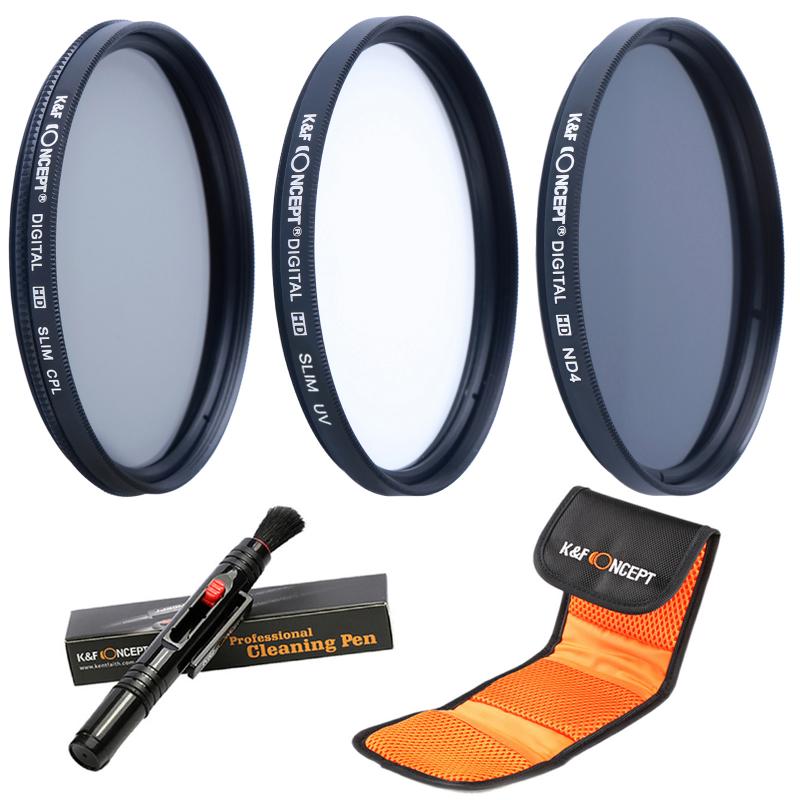
3、 Compatible with EF and EF-S lenses with adapter
The Canon M50 Mark II is a mirrorless camera that was released in late 2020. It is an upgrade to the original M50 and comes with several new features, including improved autofocus, vertical video support, and live streaming capabilities. One of the most significant advantages of the M50 Mark II is its compatibility with Canon's EF and EF-S lenses.
The Canon M50 Mark II uses the Canon EF-M lens mount, which is specifically designed for the company's mirrorless cameras. However, with the use of an adapter, the camera can also be used with Canon's extensive range of EF and EF-S lenses. This is a significant advantage for photographers who already own Canon lenses and want to switch to a mirrorless camera without having to invest in a new set of lenses.
The adapter required to use EF and EF-S lenses with the M50 Mark II is the Canon EF-EOS M Mount Adapter. This adapter allows the camera to communicate with the lens, enabling autofocus and other features. The adapter is widely available and can be purchased separately or as part of a kit with the camera.
In conclusion, the Canon M50 Mark II is compatible with EF and EF-S lenses with the use of an adapter. This is a significant advantage for photographers who already own Canon lenses and want to switch to a mirrorless camera. The Canon EF-EOS M Mount Adapter is required to use EF and EF-S lenses with the M50 Mark II and is widely available.
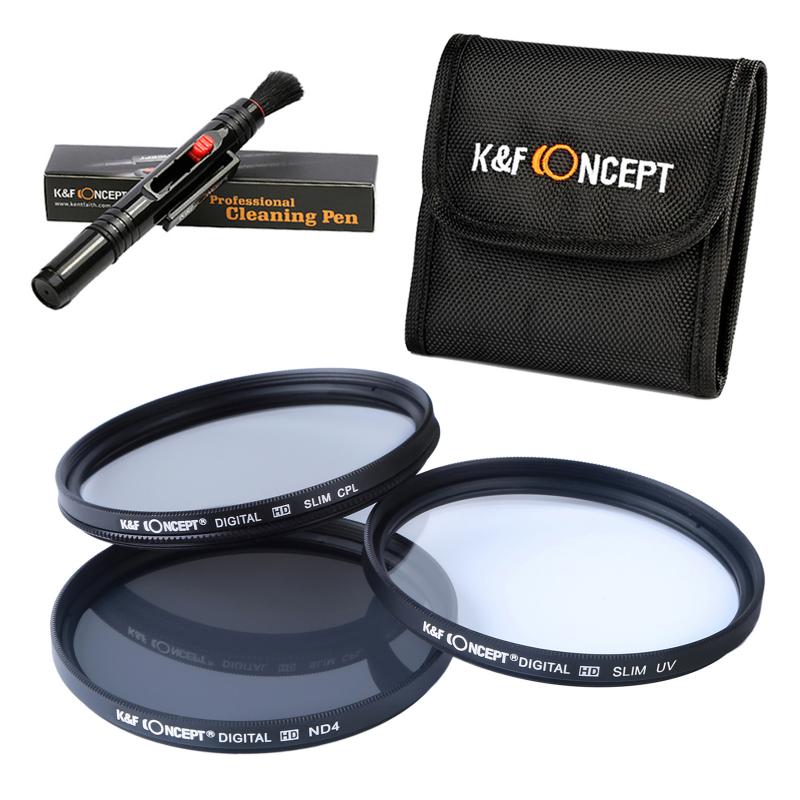
4、 22mm flange distance
The Canon M50 Mark II is a mirrorless camera that was released in 2020. It is a popular choice for vloggers and content creators due to its compact size and advanced features. The camera features a 24.1-megapixel APS-C CMOS sensor and a DIGIC 8 image processor, which allows for high-quality images and videos.
The Canon M50 Mark II uses the Canon EF-M lens mount, which was introduced in 2012. This mount has a flange distance of 22mm, which is shorter than the flange distance of Canon's EF and EF-S mounts. This means that the lenses designed for the EF-M mount are smaller and lighter than their EF and EF-S counterparts.
The EF-M mount has a range of lenses available, including standard zoom, telephoto zoom, and prime lenses. Canon also offers an adapter that allows EF and EF-S lenses to be used with the M50 Mark II, which expands the range of lenses available to users.
Overall, the Canon M50 Mark II is a versatile camera that offers a range of features for both photography and videography. Its EF-M lens mount allows for a compact and lightweight system, while the option to use EF and EF-S lenses with an adapter provides additional flexibility for users.
